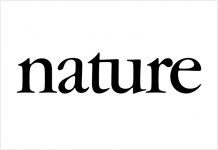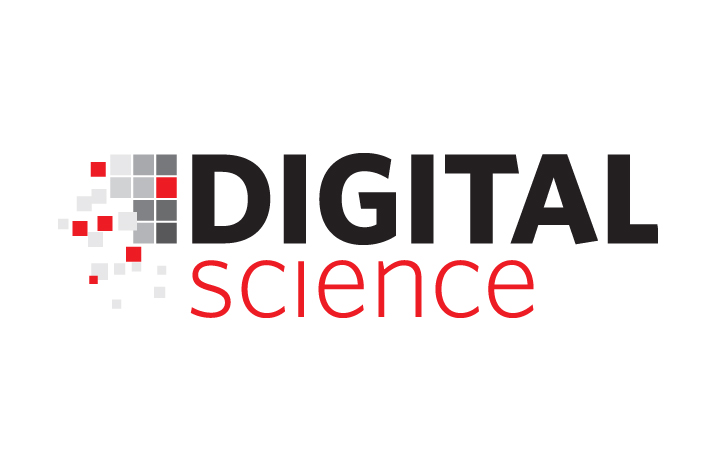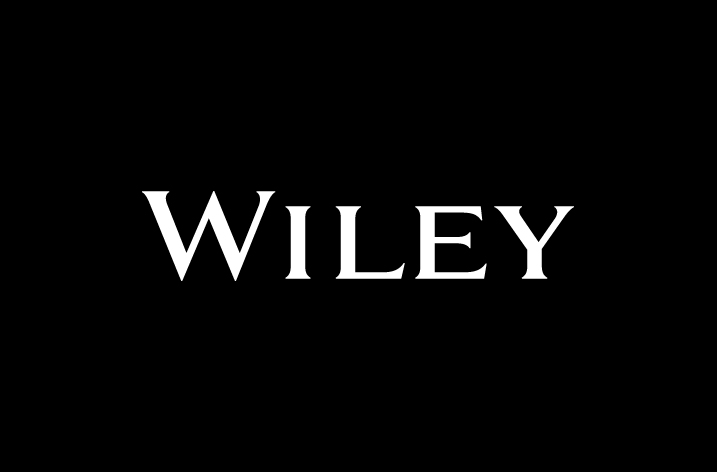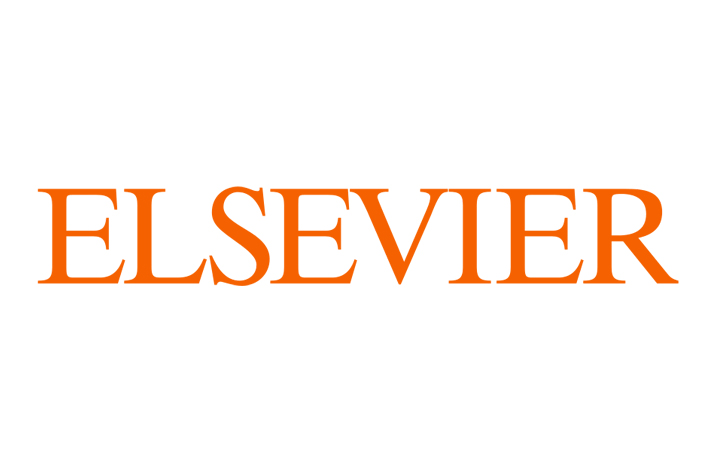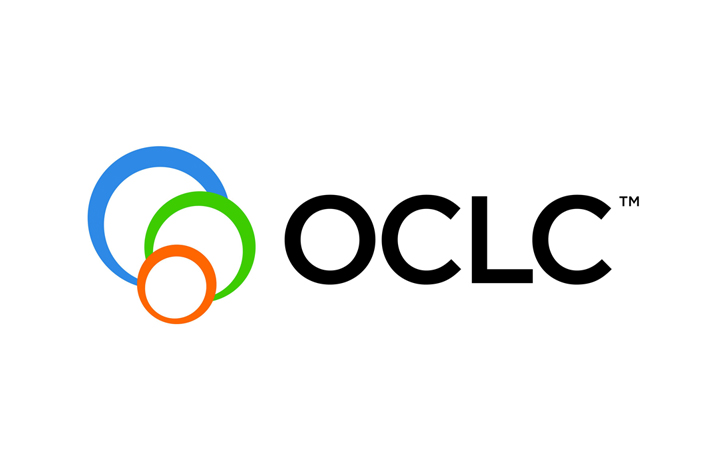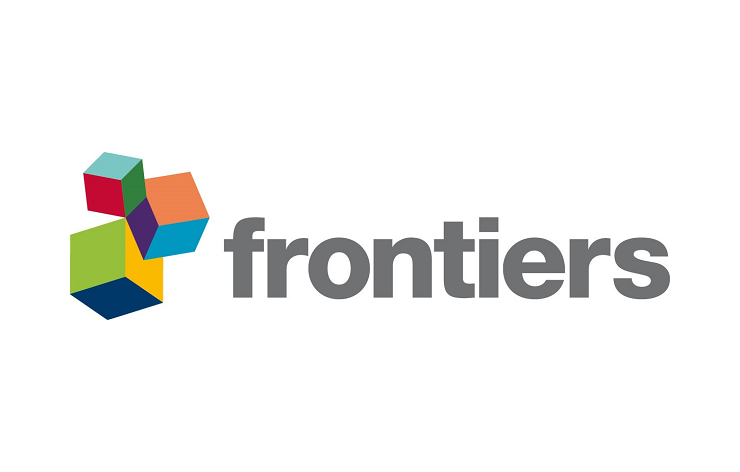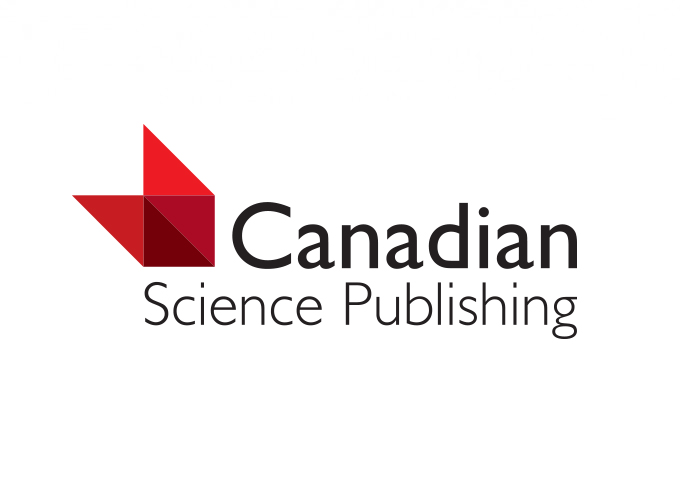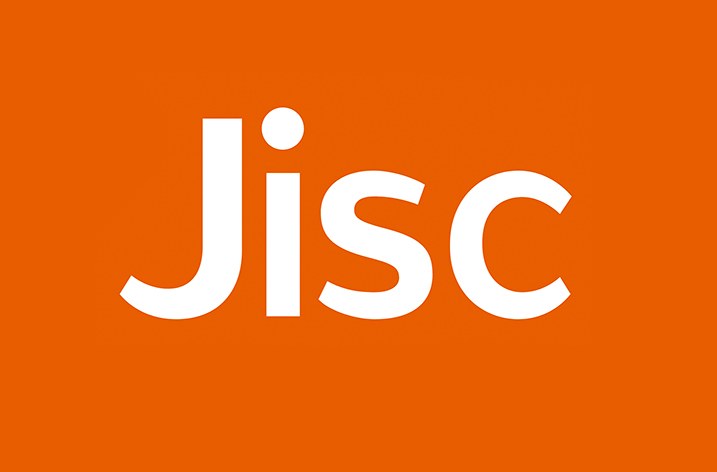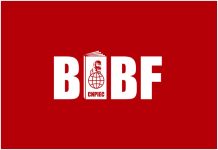
The DIAMAS final conference celebrated the 9 project outputs that have been integrated into the European Diamond Capacity Hub (EDCH) in Brussels on 3 June 2025. It shone a light on how DIAMAS outputs will support the community to implement and sustain the Diamond OA model in Europe and beyond.
Conference sessions featured dialogues between project partners and community members as they unpicked the value of certain DIAMAS outputs for end users in different countries and contexts. The first panel, Putting DIAMAS Project resources to work, spotlighted the Diamond Open Access Standard (DOAS), the sustainability resources, and the recommendations and guidelines for institutions, funders, sponsors, donors and policymakers. In DIAMAS partner and SPARC Europe Board member Iva Melinščak Zlodi’s dialogue with Daniela Hahn (University of Zurich) about the sustainability resources, which emerged from the workpackage that SPARC Europe led, it became clear that this work to make Diamond OA financially sustainable is timely and relevant for Switzerland, where policy guidelines for institutional investment in Diamond OA are currently being developed. The panel discussion highlighting one national context in which the DIAMAS sustainability resources will be used was followed by questions from audience members who shared perspectives from other countries in Europe.
Discussion during the next two panels, Diamond diversity across Europe and Collaboration in Diamond OA publishing, identified that sustainability can be reinforced by collaborative practices that also foster bibliodiversity. Diamond OA can thrive when collaborative practices are in place if national infrastructures and other community capacities are shared, e.g. publishers can build, utilise and share interoperable services. This better ensures international alignment and durability. However, a risk to fruitful collaboration is when Diamond OA publishers need to compete for the same funds; a real challenge as it seeks to find a stable financial footing in some areas. The audience was interested in how bibliodiversity can be measured on a European level when there is so much regional diversity among Diamond OA publications and whether institutional budgets for Diamond OA are better allotted to national or international initiatives. DIAMAS partners emphasised the importance of the international, Europe-wide (and beyond) efforts to support Diamond OA. These efforts require both national infrastructures and continual community engagement on an international level. They thrive when collaborative practices are in place. Collaboration in scholarly publishing flourishes when the competition for funds is eliminated.
The final session, The future of Diamond OA in Europe and beyond, was divided into two parts to focus on policymakers and practitioners. The panel of policymakers stated firm support for the pathways toward Diamond OA that DIAMAS has identified. Policymakers agreed that the EDCH and other transnational infrastructures, collaborative approaches to funding, and grassroots initiatives by researchers and scholarly communities will be essential in order for Diamond OA to succeed. The panel of practitioners expressed enthusiasm about both the EDCH and the training materials that DIAMAS has developed and the ALMASI project’s plans to expand those resources’ global reach. Fully in the spirit of Diamond OA, practitioners called for further collaboration worldwide and inclusivity as well as equity in the Diamond OA movement.
With DIAMAS wrapping up in August 2025, work towards scaling up Diamond OA in scholarly publishing will continue through the ALMASI project, which brings the Diamonds of three continents together. We at SPARC Europe are delighted about expanding our policy and advocacy efforts, and expertise in sustaining Diamond OA across Europe and beyond as we contribute to both of these important projects.




